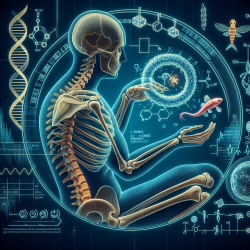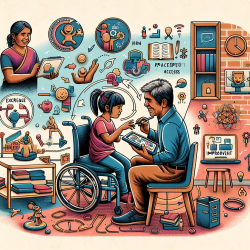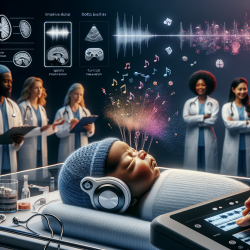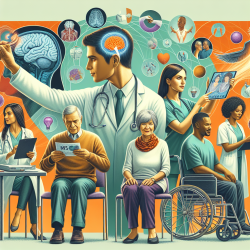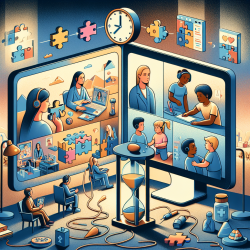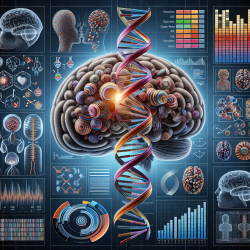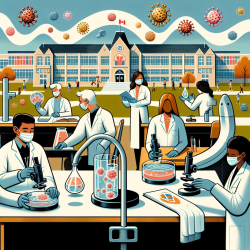Introduction
The realm of genetic research continues to unveil the complexities of human disorders, providing new insights and potential therapeutic avenues. One such breakthrough is the discovery of novel mutations in the KIAA0753 gene, which have expanded our understanding of skeletal ciliopathies—a group of disorders characterized by significant clinical and genetic variability. This blog aims to illuminate the findings of the research article titled "Novel KIAA0753 mutations extend the phenotype of skeletal ciliopathies" and explore how these findings can enhance therapeutic practices, particularly in the context of online therapy services provided by companies like TinyEYE.
Understanding Skeletal Ciliopathies
Skeletal ciliopathies are a rare group of disorders with diverse manifestations, primarily affecting the skeletal system. These disorders are characterized by thoracic hypoplasia and short tubular bones, with potential extraskeletal manifestations involving the brain, retina, and other organs. The recent identification of mutations in the KIAA0753 gene has provided a new dimension to the understanding of these disorders, linking them to conditions like Joubert syndrome and orofaciodigital syndrome.
Research Insights
The study highlights the discovery of biallelic pathogenic variants in KIAA0753 in patients with short-rib type skeletal dysplasia. The findings demonstrate the gene's critical role in normal skeletal development, as evidenced by its expression in the fetal human growth plate and the altered cartilage patterning observed in zebrafish models with kiaa0753 mutations. These insights underscore the gene's importance in both skeletal and brain development.
Implications for Practitioners
For practitioners in the field of therapy and special education, these findings offer several avenues for enhancing practice:
- Informed Diagnosis: Understanding the genetic basis of skeletal ciliopathies can aid in more accurate diagnoses, allowing for tailored therapeutic interventions.
- Personalized Therapy: Knowledge of specific genetic mutations can inform personalized therapy plans, addressing the unique needs of each patient.
- Interdisciplinary Collaboration: The complexity of ciliopathies necessitates collaboration between geneticists, therapists, and educators to develop comprehensive care plans.
- Research and Development: Encouraging further research into the KIAA0753 gene and its role in ciliopathies can lead to the development of novel therapeutic strategies.
Encouraging Further Research
The study's findings open the door for further research into the mechanisms underlying skeletal ciliopathies and the development of targeted therapies. Practitioners are encouraged to stay abreast of emerging research and consider participating in collaborative studies to advance the field.
To read the original research paper, please follow this link: Novel KIAA0753 mutations extend the phenotype of skeletal ciliopathies.
